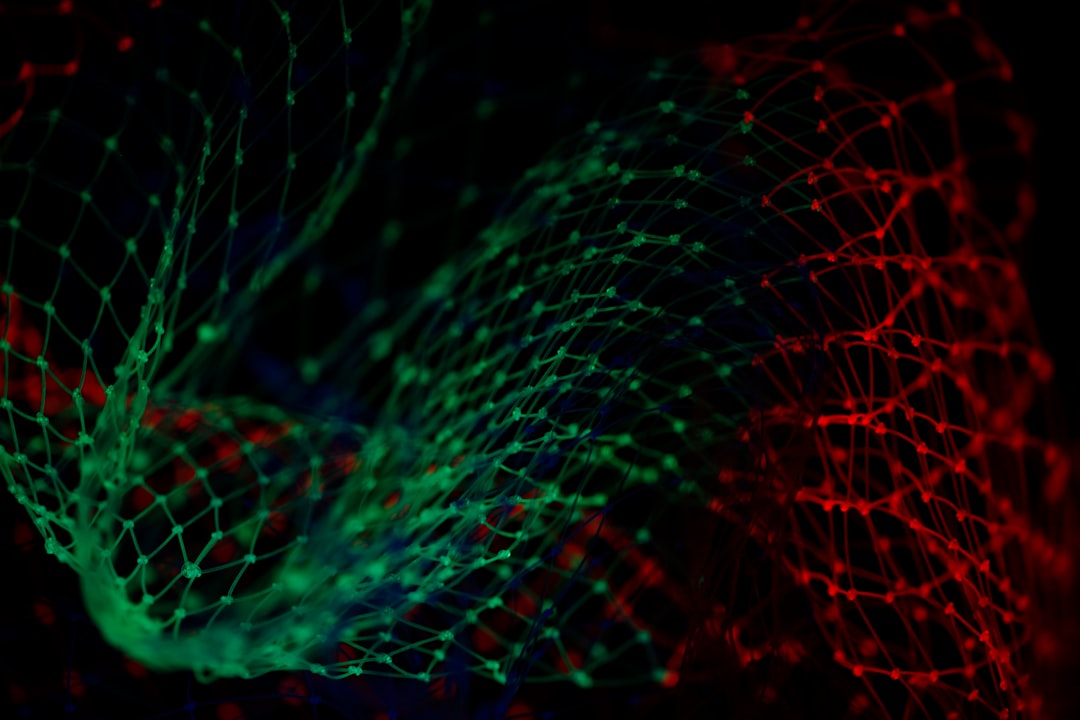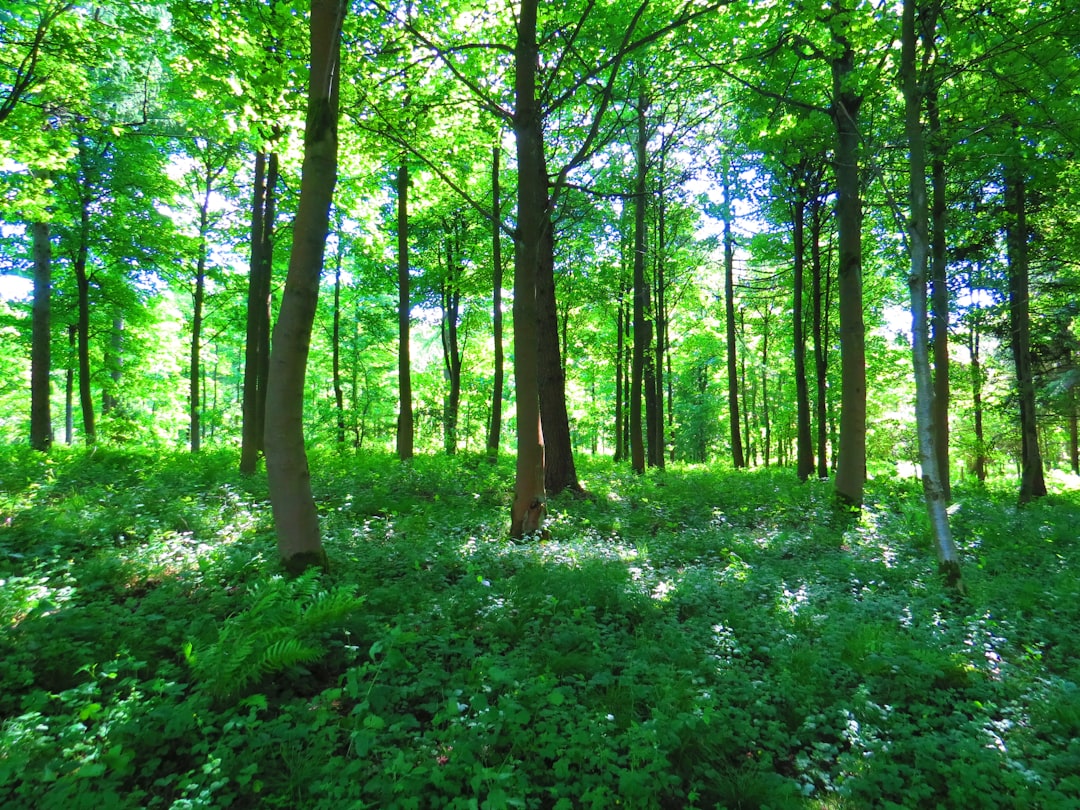What is it about?
Papaya meleira virus, causal agent of papaya sticky disease, was first reported in Brazil and more recently in Mexico. Yield losses caused by this virus in papaya orchards are considerable over a relatively short time span, and the fact that, to date, very little is known regarding its transmission mechanisms has made it difficult to achieve an effective control and prevent dissemination. A few published reports have claimed that PMeV is not seed transmissible. In this study, evidence for seed transmission of PMeV was established. Using reverse transcription-polymerase chain reaction in three seed materials: whole dry seed, seed coat and embryo-endosperm, it was observed a seed transmission rate of around 81 % in Carica papaya cv. Maradol. The high percentages of seed transmission suggest that this may be an important form of virus dissemination. This study showed for the first time that PMeV is seed-borne and can be transmitted to the next generation via contaminated seed.
Featured Image
Why is it important?
Given the importance of identifying the modes of transmission of this virus, was important to determine whether or not PMeV is transmitted by seeds. Identifying the primary sources of inoculums may help to reduce PMeV spread by eliminating a primary source of inoculums in the field for other types of transmission
Perspectives
This was one of the first steps that have been taken to know in depth the epidemiology of this disease, which is vital to control it in the field. At the moment our group is studying the possible transmission of this virus by insects, which will also contribute to a greater knowledge on the modes of transmission of this virus and its management in papaya orchards
Dr Daisy Perez-Brito
Centro de Investigacion Cientifica de Yucatan AC
Read the Original
This page is a summary of: Seed transmission of Papaya meleira virus in papaya (Carica papaya) cv. Maradol, Plant Pathology, August 2014, Wiley,
DOI: 10.1111/ppa.12279.
You can read the full text:
Contributors
The following have contributed to this page










